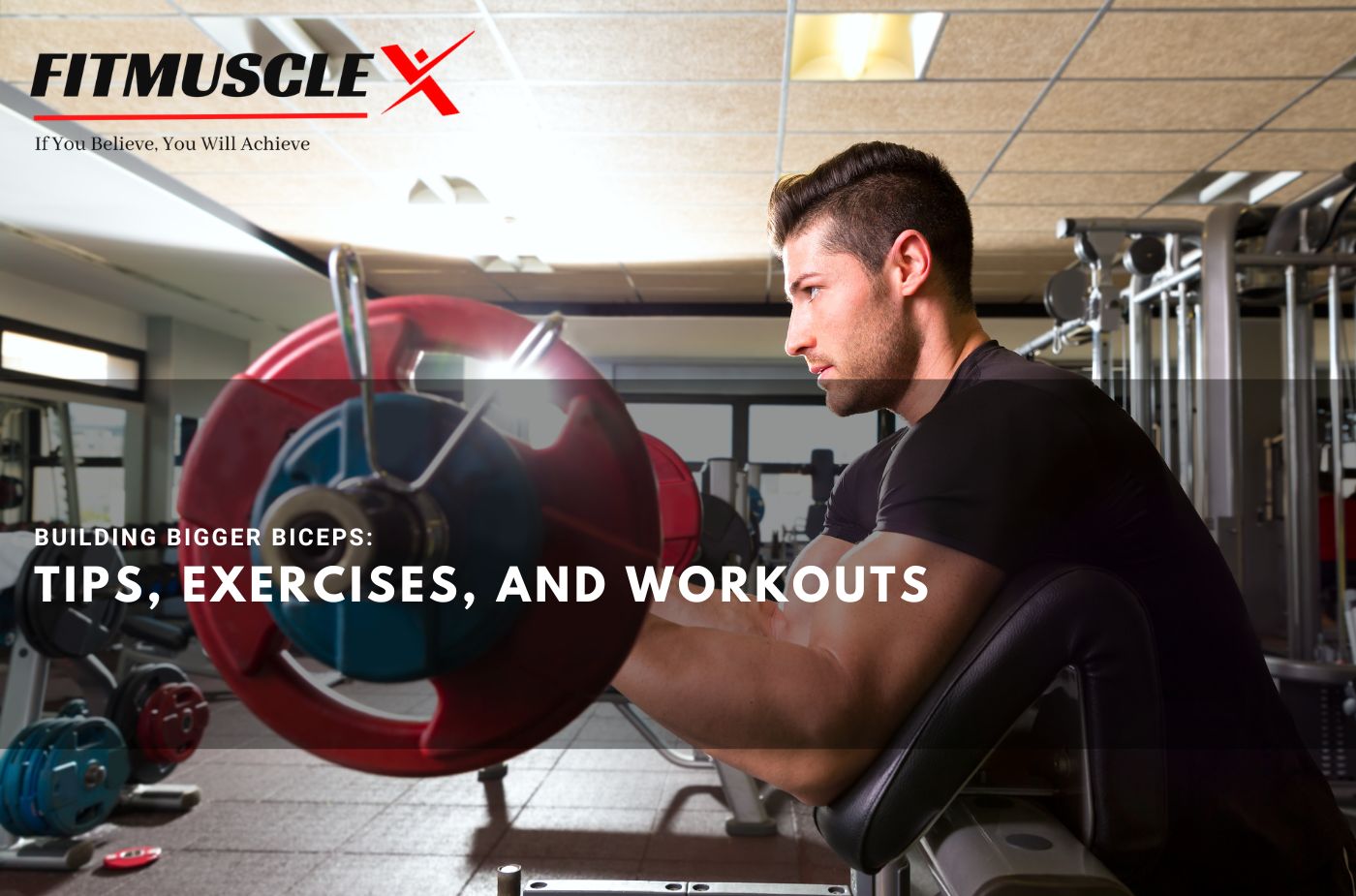Squatting, bench pressing, and deadlifting are the three main lifts in powerlifting, a strength-training activity. Efficient training techniques are critical for success, regardless of experience level—whether you’re a novice interested in powerlifting or an experienced lifter seeking to push your strength to new heights. This thorough guide, provided by FitMuscleX.com, will go over the essential training methods for maximizing your powerlifting strength, including programming, workouts, and methods to set new personal records and optimize lifts.
Programming for Powerlifting
To maximize strength gains and advance in powerlifting, effective programming is necessary. To encourage muscle growth and enhance performance, a well-designed powerlifting program should incorporate a mix of strength-focused workouts, accessory movements, and enough recovery time. The following are essential elements of a powerlifting program that works:
Periodization is the process of breaking up your training into several cycles or phases, each with a distinct focus and set of objectives. Hypertrophy, strength, and peaking phases are common stages that are intended to focus on various facets of strength development and get you ready for competition.
Progressive Overload: To promote strength and muscle growth, progressive overload refers to a workout volume, intensity, or load that is gradually increased over time. As you gain strength and expertise, incorporate the principles of progressive overload into your training by progressively increasing the weight, repetitions, or sets of your exercises.
Exercise Selection: When choosing workouts, go for complex movements that hit several different muscle groups and closely resemble the lifts used in competition. Your training program should be built on the fundamental movements of squats, bench presses, deadlifts, and their variations. To address deficits and imbalances, you can add accessory exercises to the mix.
Key Powerlifting Exercises
Squat: Exercise for the lower body that works the quadriceps, hamstrings, glutes, and lower back is the squat. Gaining leg strength and power for powerlifting requires mastering optimal squat form and technique.
Bench Press: This upper body workout is a compound movement that works the triceps, shoulders, and chest. Make sure you stay tight and steady on the bench, control the descent of the barbell, and drive the weight off your chest with explosive force.
Deadlift: The posterior chain, which includes the hamstrings, glutes, lower back, and traps, is the focus of this full-body compound exercise. Make sure you follow the right setup and technique to reduce the chance of injury and increase the effectiveness of your lifting.
Techniques for Maximizing Lifts
Bracing: During big lifts, maintaining stability and producing power require proper bracing techniques. Before beginning each rep, brace your core, tighten your lats, and inhale deeply to establish a strong foundation and stop energy leakage.
Mind-Muscle Connection: To optimize muscle recruitment and engagement, concentrate on contracting the targeted muscles during each lift. For the lift to be completed, visualize the movement and focus on pushing past the sticking point to overcome resistance.
Lifting Tempo: Manage the pace of every lift to get the most out of your time under tension and to promote muscular growth. To maximize muscle activation and strength increases, use a controlled eccentric (lowering) phase and an intense concentric (lifting) phase.
In overview
To maximize your strength potential in powerlifting, you must employ effective training techniques. You may maximize your lifts and set new personal records by focusing on compound exercises, implementing periodized programming, and developing lifting techniques. These essential techniques will enable you to advance your strength and succeed in the sport of powerlifting, regardless of your degree of experience. So why not begin incorporating these tactics into your training routine right now? Your performance as well as your improvements in strength will appreciate it.





